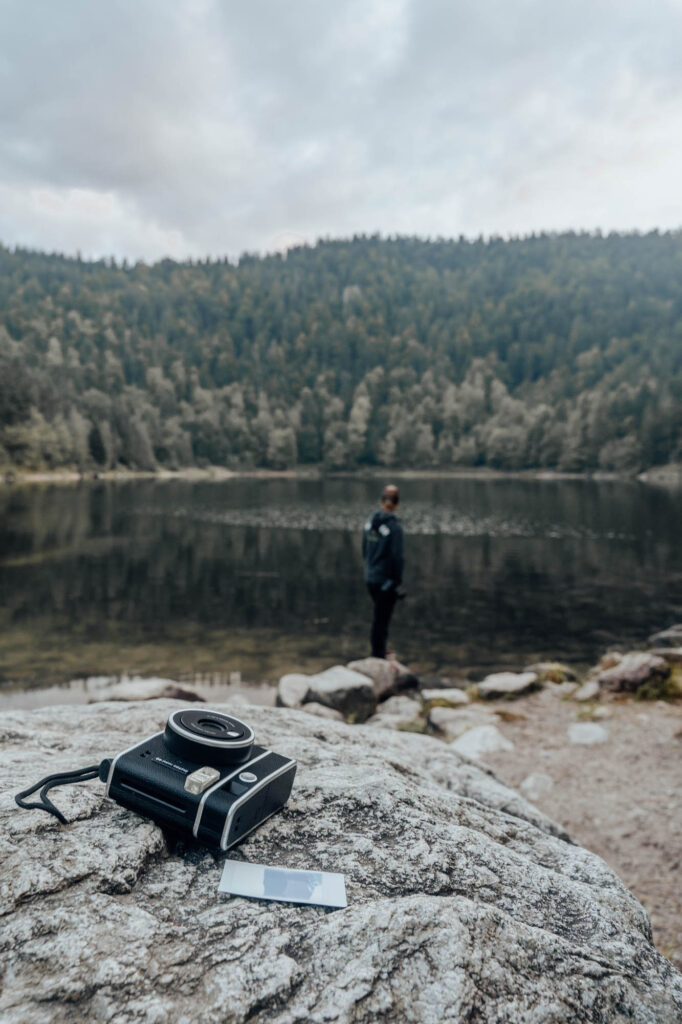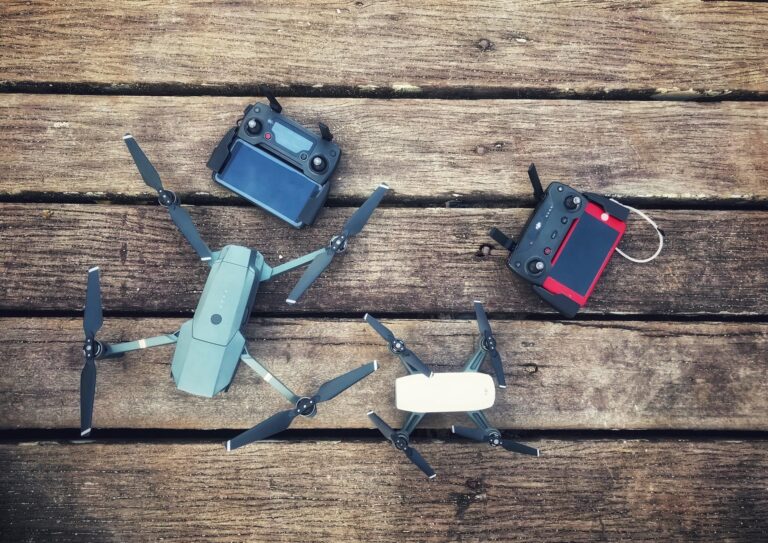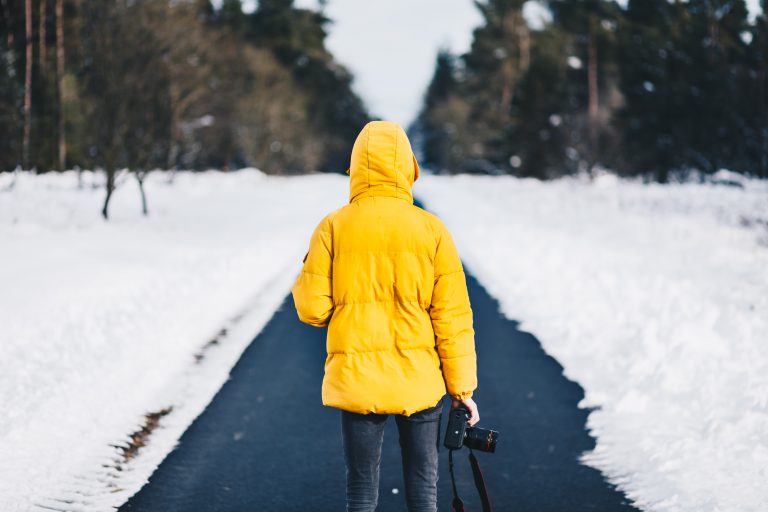How to Use an Instant Camera as a Travel Camera
We all know instant cameras such as Polaroid and Instax cameras are a fun and unique option to capture the moment when traveling. Especially since these cameras use instant film to produce physical prints of your photos, which is a great way to share your memories with others.
In this article, we will explore the pros and cons of using an instant camera as a travel camera and some tips for getting the most out of your camera on your travels.
Page Contents
Pros of Using an Instant Camera as a Travel Camera
Instant cameras have gained a resurgence in popularity in recent years, and for good reason. These classic cameras offer a unique and nostalgically fun way to capture memories on film.
There are several pros to consider if you’re considering using an instant camera as your travel camera.
- Simplicity: These cameras are generally easy to use, with minimal manual controls and shooting modes. This makes them great for beginners or those who want to focus on the creative aspects of photography rather than the technicalities.
- Immediacy: One of the main benefits of polaroid and Instax cameras is that you can see the results of your shots right away. This can be a great way to share your memories with friends and family on the spot.
- Portability: Polaroid and Instax cameras are generally small and lightweight, making them easy to carry around on your travels. They are also relatively affordable, making them a good option for those on a budget.
To test our Instax Mini 40, we drove to the Vosges and visited both Lac des Corbeaux and Château du Haut-Barr to test out the capabilities of this instant camera!


Cons of Using a Polaroid or Instax Camera as a Travel Camera
While instant cameras can be a great option for some travelers, it’s important to weigh the pros and cons before making a decision, as there are a lot of potential drawbacks of using an instant camera:
- Limited Film Supply: One of the main limitations of instant cameras is that they have a limited film supply. This means you will need to purchase additional film as you go, which can add up over time.
- Lower Image Quality: Polaroid and Instax cameras tend to have lower image quality than other types of cameras, as the instant film has a smaller image size and lower resolution. If you plan on printing or sharing your images online, this can be a limitation.
- Limited Shooting Options: Instant cameras generally have limited shooting options, as they do not offer manual controls or various shooting modes. This can be a limitation if you want to have more control over your camera settings.
Tips for Using a Polaroid or Instax Camera as a Travel Camera
Are you considering bringing an instant camera with you on your next trip? Below we’ll offer tips for effectively using an instant camera while traveling, including choosing the right film, conserving your shots, and preserving your prints.
By following these tips, you can make the most of your instant camera and capture memorable photos on your next trip.
- Plan Ahead: Make sure to plan ahead and bring enough film for your trip. It can be frustrating to run out of film when you’re in the middle of a great photo opportunity.
- Be Selective: Since each shot is a physical print, you’ll want to be selective about what you choose to photograph. Think about the memories and moments that you want to capture and save for the future.
- Experiment: Don’t be afraid to experiment with different shooting techniques and compositions. Polaroid and Instax cameras are great for candid shots and spontaneous moments, so have fun and see what works best for you.
- Use It As a Backup: If you’re also bringing a digital camera on your trip, consider using your polaroid or Instax camera as a backup. This way, you’ll have a backup in case your Sony A7IV digital camera runs out of battery or suffers from any technical issues.
In conclusion, using an instant camera as a travel camera can be a fun and unique way to capture and share your memories. These cameras offer simplicity, immediacy, and portability, making them a great option for those who want to focus on the creative aspects of photography.
While they do have some limitations, such as a limited film supply and lower image quality, they can be a great addition to your travel photography kit. Just be sure to plan ahead, bring enough film, and don’t be afraid to experiment with different shooting techniques and compositions. Happy travels!
Save for later …











